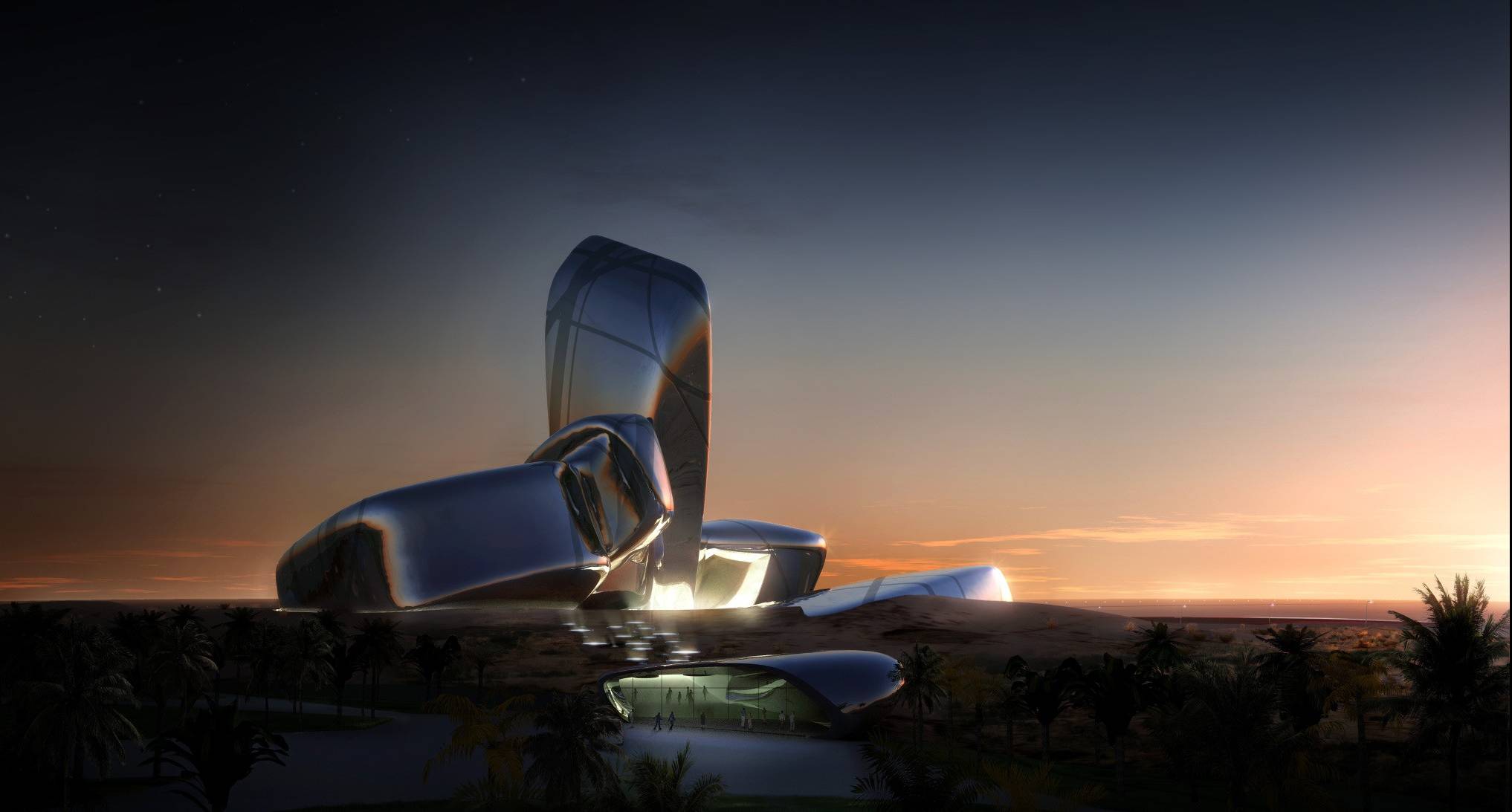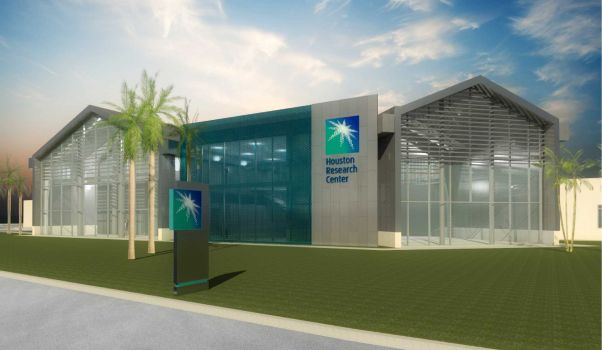Last month Saudi Aramco opened a 50,000 square foot, state-of-the-art research center in Houston that Saudi Aramco President and CEO, Khalid Al-Falih called, “an upstream research center like no other.” It will be an extension of Saudi Aramco’s Exploration and Petroleum Engineering Center’s Advanced Research Center (EXPEC ARC) and it’s Research and Development Center both located in Dhahran.
The Houston research center is the second of it’s kind in the United States. Saudi Aramco has already established a computing research center adjacent to the Massachusetts Institute of Technology (MIT) near Boston and will soon open a third center near Detroit which will focus on engine-fuel systems and development.
And those are just in the United States. International research centers are established at the Delft University of Technology in The Netherlands and at the King Abdullah University of Science and Technology (KAUST) north of Jeddah. Stand-alone research centers are underway in Paris, France; Aberdeen, Scotland; Daejeon, Korea and, soon; Beijing, China. The entire network of research centers is linked with EXPEC ARC.
In addition to research and development, Aramco Energy Ventures, Saudi Aramco’s corporate venture subsidiary, invests worldwide in clean-tech, energy efficiency and water technologies, nanotechnology, hardware and software and other technologies of strategic importance to the company and the Kingdom.
Saudi Aramco’s research centers and strategic investing are bridges to key allies and the global private sector as well as collaborative enterprises that enable the Kingdom to be on the cutting edge of technology in the energy space and other key sectors that contribute to the growth and diversification of the Saudi economy.
This aspect of Saudi Aramco’s mission is sometimes lost among the superlatives so often applied to the company; as in, the world’s largest proven oil reserves or world’s biggest oil company. Perhaps this is unavoidable when describing a company that the Financial Times estimates has a value of up to $10 trillion.
Yet, these descriptions don’t remotely depict the full meaning of Saudi Aramco to Saudis. Saudi Aramco is the embodiment of progress for the Kingdom. Its journey from the California-Arabian Standard Oil Company in 1933 to the Arabian-American Oil Company (Aramco) in 1944 to the fully nationalized Saudi Aramco in 1980 are historic benchmarks for the Kingdom’s harnessing of its energy resources for benefit of the country.
Beyond any historical timeline, however, Saudi Aramco has always been a primary locomotive for technological progress as well as the Kingdom’s model for professionalism. A joint U.S.-Saudi venture throughout its formative decades, Aramco has been a unique human resource development powerhouse for Saudi Arabia. Its employees have always been viewed as especially skilled, prompt and capable. It is ingrained in Saudi culture that Saudi Aramco management means competent management.
Which explains why the world’s largest oil company is called upon at times to manage marquis mega-projects that have nothing to do with energy such as the King Abdullah University for Science and Technology (KAUST), the just completed King Abdullah Sports City or the recently ordered construction of 11 world-class sports stadiums at venues across the Kingdom.
Along with KAUST, which is a hugely important symbol of Saudi Arabia’s aspirations, the King Abdulaziz Center for World Culture now under construction in Dhahran may best represent the comprehensive role Saudi Aramco plays in the Kingdom. Designed by Norwegian architectural firm Snohetta and due to be completed in 2015 it will be part of Saudi Aramco’s 220,000 square meter ‘Knowledge Park.’
The Center is an extraordinary technological initiative dedicated to promoting innovation and cultural development within the Kingdom. It’s a fair reflection of Saudi Aramco’s unique and ongoing role in Saudi Arabia for almost 80 years.











